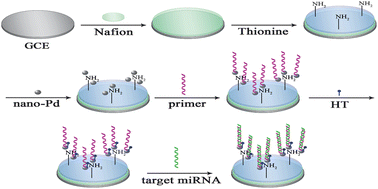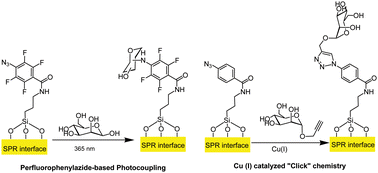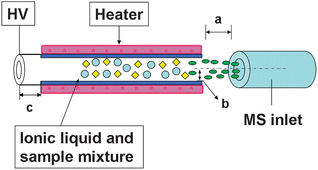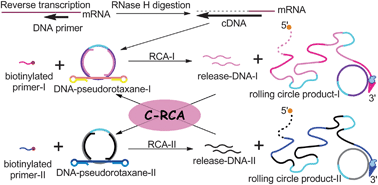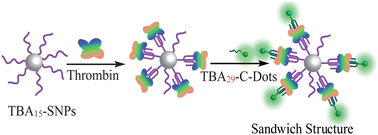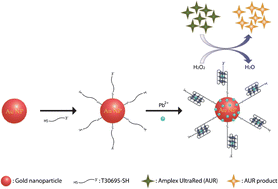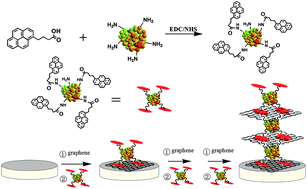
Enzyme electrodes for glucose biosensing
Glucose oxidase (GOx) is responsible for breaking down glucose and produces a detectable secondary signal used in a variety of biological assays. The primary electrical response from this catalytic process is difficult to detect because of the distance of the signal from within the enzyme to the electrode. To overcome these limitations, Jingquan Liu and researchers at the Qingdao University, China, have developed an enzyme-based electrode with pyrene functionalized GOx, which self assembles onto graphene sheets. The large surface area and high conductivity of graphene sheets enhance the electron transfer from the GOx via interaction with the pyrene, down to the electrode. In addition, increasing alternating layers of the pyrene-GOx and graphene enhances the biocatalytic activity in glucose solutions.
To know more about this research, please access the link below. This paper will be free to read until April 12th.
Graphene bridged enzyme electrodes for glucose biosensing application
Jingquan Liu , Na Kong , Aihua Li , Xiong Luo , Liang Cui , Rui Wang and Shengyu Feng
Analyst, 2013, Advance Article
DOI: 10.1039/C3AN36929C











